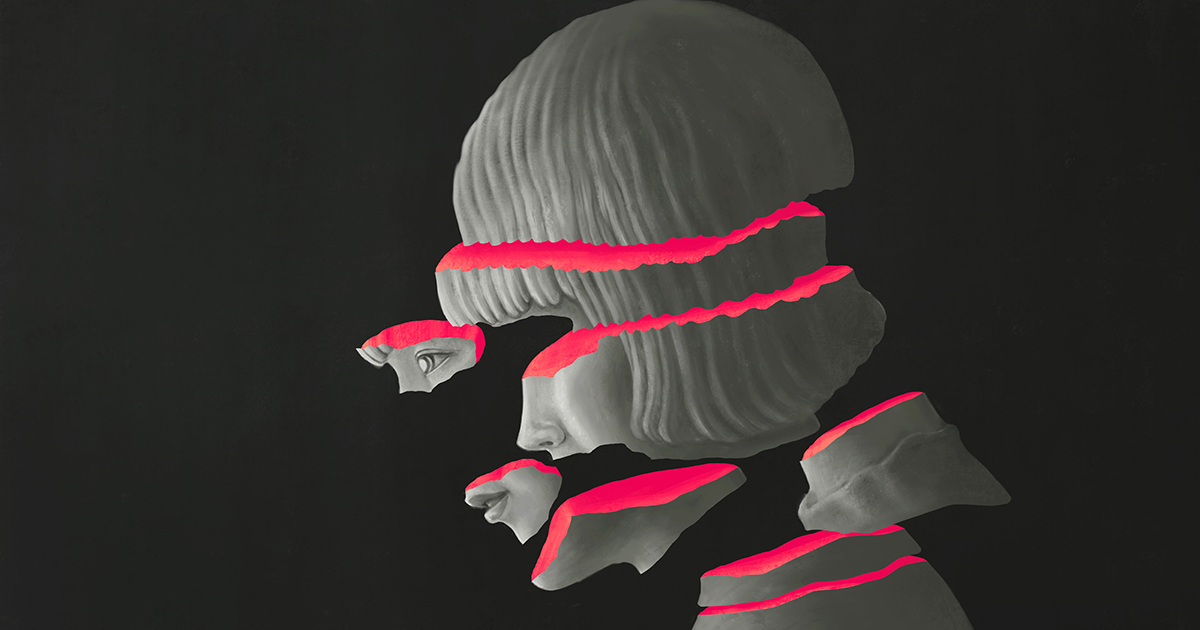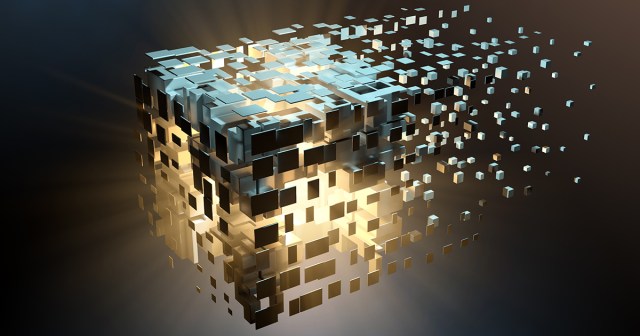
TL;DR
- In the Internet of You (IoU), smart tech will be connected into an intelligent network providing hyper-personalized services and assistance.
- Belgian architect Tom Vandendooren explains how the IoU is a “superset” of the Internet of Things (IoT) and the Internet of Everything (IoE).
- Vandendooren proposes that IoU will be able to adjust to the individual as Web3 will digitize everything and enables us to carry our identity across various platforms.
READ MORE: Web3 — The Internet of You? (Tom Vandendooren)
Picture an internet that puts you at the center, learning and adaptive, representing the multifaceted nature of your life, interests and activities. One where you hold the power and the right to use your data as you wish. Wouldn’t that be amazing? Web3 holds that promise.
In a post on Medium, Tom Vandendooren asks us to visualize the Internet of You. It isn’t hard to do.
“Imagine a world where you don’t have to adapt to the environment and its settings, but instead, the environment adapts to you. Whether that world is real or virtual, interaction will be on your terms and technology will be at your service. That’s the true promise of the Internet of You (IoU) — to have everything we’re surrounded by or interact with, adapt to us, learn from us, blend into our lives seamlessly, and remove all friction between us and our immediate environment.”
The Belgian web architect goes on to explain that the IoU is a “superset” of the Internet of Things (IoT) and the Internet of Everything (IoE), where smart tech and objects will be connected into an intelligent network providing “hyper-personalized” services and assistance.
The IoU will be a smart network powered by AI and autonomous systems that will reconfigure the world around you, “whether IRL or URL,” (in real life or online) “to match your identity, preferences and affinities.”
Digitization of Everything
It’s right to assume, as Vandendooren does, that consumers increasingly expect smart services to adapt to their personal preferences, and for experiences to be tuned to their real-time or predicted needs. And while personal data is required to feed these intelligent and adaptive systems, people are no longer willing to trade off privacy without keeping control over data access and sharing permissions, and without seeing a return of tangible value.
Hence, the need for an evolution of the internet — one that enables not disempowers the individual. This is Web3 — “an internet that is not value extracting, but rewarding, fueling a positive-sum game where you get to participate and partake in the economic value created.”
In contrast to today’s current Web2, the next version is planned to be decentralized. Its lack of centralization means that control shifts back to the individual, including the data and privacy that goes along with it.
“Thanks to a native ownership and authentication layer, Web3 will enable and accelerate the digitization of everything,” says Vandendooren. “Smart contracts and tokens act as a digital representation of ownership, enabling verifiable ownership within and across networks. Not only can you prove that your identity, assets, and objects are yours, you can take your identity, reputation and assets from one location to another, wherever they are supported.”
Ownership and Identity
Essentially, rather than centralized and walled garden data structures, the distributed blockchain puts the onus of true ownership on the users. Users, via tokens and wallets, will manage their identities, data and assets, and ultimately decide which services and applications get access.
“As a result, Web3 allows us to expose ourselves to platforms and smart services without fear of scrutiny or intrusion of privacy,” argues Vandendooren. “By aggregating our online data and sharing the parts we find relevant to receive better recommendations and find better opportunities, Web3 enables us to carry our identity — in the form of an address with on-chain data — across apps, platforms and communities, while having control to share those parts of ourselves that we choose.”
When combined with smart contracts, and connected to smart devices and services, “a person’s digital twin will reflect and update relevant status and context in real-time, triggering … experiences and outcomes which are optimized to a person’s in-the-moment needs and desires.”
He is not the only one eulogizing such a theory. In a blog post titled “People are the New Platforms,” Web3 investor David Phelps says, “Web3 can let us transcend the limited language of existing platforms by creating more advanced living, breathing identities on-chain. … The point ultimately is that it will showcase who we are not simply as checkboxes of consumer taste, but active creators, contributors, and collaborators — as humans.”
READ MORE: People are the New Platforms (David Phelps)
Web3 is being billed as a resetting of the internet — one that is “By the people, for the people.” It offers us a future where we are in charge of our own identity, data and reputations, not beholden to the whims of big data hoarding companies.
“Web3 promises to shift value, control and bargaining power back to us, the users,” advocates Vandendooren, to transfer identity of our “sovereign self” onto the blockchain and in doing so, Web3 will move us a little closer to the promise of the Internet of You.
YOUR ROADMAP TO WEB3:
Does Web3 offer the promise of a truly decentralized internet, or is it just another way for Big Tech to maintain its stranglehold on our personal data? Hand-picked from the NAB Amplify archives, here are the expert insights you need to understand Web3’s potential and stay ahead of the curve on the information superhighway:
- The Web3 Dream vs. Digital (and Economic) Realities
- What Needs to Happen for Web3 to Go Mainstream
- Web3 and the Future of Work (Oh, Guess What? It’s Decentralized.)
- Web3, Free Will and Who Will Own the Future
- Taking Those First Steps Into Web3


